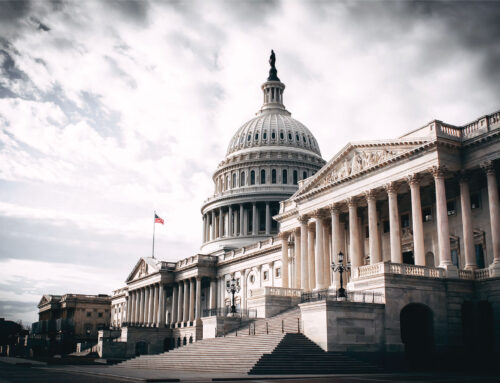On November 13, 2023, the Tree Care Industry Association (TCIA) and 73 other organizations joined comments, led by the Coalition for Workplace Safety (CWS), in response to the Occupational Safety and Health Administration’s (OSHA) Proposed Worker Walkaround Representative Designation Process Rule. The proposal seeks to amend OSHA’s existing regulation governing the participation of third parties as employee representatives in OSHA inspections.
Background
Historically, OSHA has allowed employee representatives, typically safety experts, to accompany OSHA compliance safety and health officers (CSHOs) on worksite inspections. The current regulation mandates that these representatives be employees of the employer, with a “good cause” exception for third-party experts like industrial hygienists or safety engineers when their expertise is deemed necessary for an effective inspection. These regulations uphold workplace safety while striking a fair balance between the privacy and property rights of employers and the rights of employees to engage in the OSHA process with representation.
The current proposal allows for “a multitude of third parties who might serve as representatives authorized by employees for purposes of the OSHA walkaround inspection,” including worker-advocacy organizations, labor-organization representatives, consultants or attorneys. This expansion raises several concerns, particularly for industries like tree care, where the work environment requires specialized knowledge to accurately assess safety practices.
The proposed rule succeeds an earlier initiative by the Obama Administration. This previous effort involved a Letter of Interpretation, known as the “Fairfax Memo,” issued at the request of the United Steelworkers, which aimed at permitting a union representative to be designated as an employee representative for a non-union workplace. This interpretation faced legal challenges and was withdrawn by then Secretary of Labor Alexander Acosta.
OSHA’s current proposal attempts to implement a similar approach through the formal rulemaking process.
Coalition for Workplace Safety comments
The CWS, representing a broad spectrum of industries, including tree care, has articulated specific concerns regarding this proposed rule change. Their comprehensive commentary focuses on six key areas:
Exceeding OSHA’s Statutory Authority: The CWS comments assert that the proposed rule places undue burdens on employers, contradicting Section 8 of the OSH Act that mandates minimal burden on employers. The Supreme Court has recently reined in OSHA’s power, emphasizing that its standards must be “reasonably necessary or appropriate to provide safe or healthful employment,” a standard the proposed rule fails to meet.
Conflict with the National Labor Relations Act: The proposed rule lacks structure in determining who qualifies as an “Authorized Representative,” and fails to account for the right of employees to reject representation. These conflicts with the National Labor Relations Act are of significant concern.
Violating Employer Property Rights and Fourth Amendment Issues: The rule is seen as violating important employer property rights that OSHA must balance with its enforcement priorities. The OSH Act aims to preserve employers’ state-law private-property rights, aligning with the Supreme Court’s recognition of these rights shortly after the passage of the OSH Act.
Endangering Trade Secrets and Increasing Liability Risks: The CWS warns of the risks to employer trade secrets and increased liability due to the presence of outside third parties, criticizing the proposed rule’s insufficient protection efforts.
Administrative and Operational Challenges: The proposed rule is expected to add significant additional costs for employers, including legal consultation costs, provision of additional PPE and increased potential liability, undermining OSHA’s economic-analysis certification.
Undermining OSHA’s Credibility and Focus on Safety: The CWS argues that the proposed rule may interfere with OSHA inspections more than enhance them, deviating from the agency’s primary safety focus and diminishing its credibility as a neutral enforcement agency.
Conclusion
The CWS feels there is strong justification for OSHA to reconsider and withdraw this proposal. However, it is important to recognize that OSHA received more than 11,000 comments in response to the Proposed Worker Walkaround Rule, and is now tasked with reviewing these comments and addressing the concerns raised in any final rule they may enact.
As this regulatory process unfolds, TCIA will continue to play a vital role by keeping its members informed and actively engaged in the developments, ensuring that the voices of industry professionals are heard and considered in shaping the outcome.



